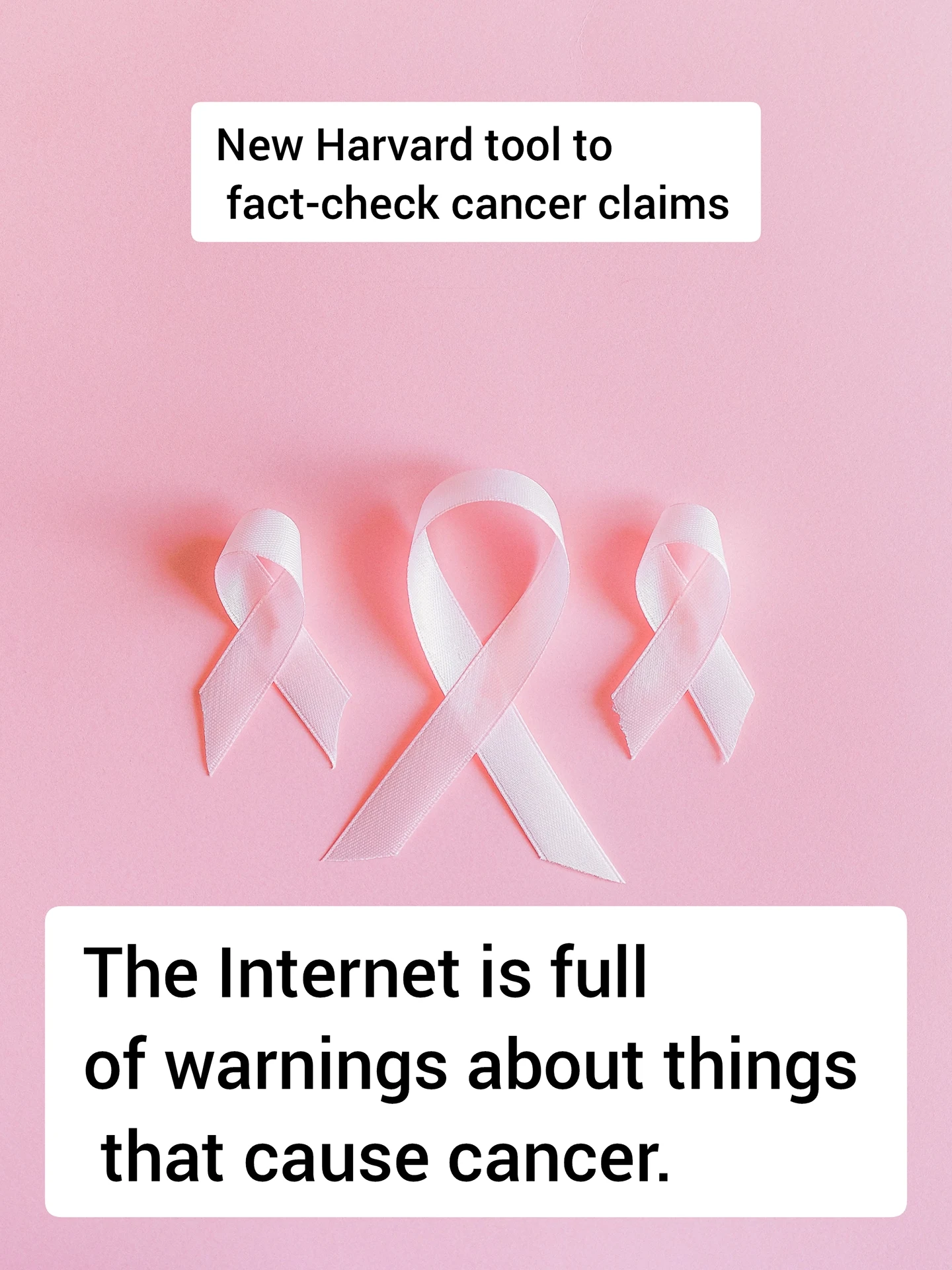
Everybody is feeling the need to have a metaphorical hug right now. It's hardly a surprise that the Danish concept of hygge is becoming more popular. Danish people have been using hygge, which is about embracing the little pleasures of life and cosines, to improve their overall happiness. But what do we have to remember about the concept of comfort? It's a good idea to know some of the benefits but also how to start practicing comfort in ways that are practical and beneficial for you.
The Benefits of Cosiness
There are a wide variety of comfort benefits in the world. From a health perspective, we are going to recover better from anything. When we feel stressed, this increases our levels of cortisol. The stress hormone is going to prolong any sense of illness because the stress is going to affect our nervous system and immune system. This is why the simple notions of comfort in our lives can do a lot for us. Whether it's ensuring that your chest and back remain supported by having deep plunge bras or wrapping yourself up in a blanket and having extra thick socks, comfort is going to reduce our stress response, which means that we're not going to feel those spikes of anxiety and depression.
Additionally, it helps you be more content. When we feel more content in our lives, we become more present, and we increase our notion of self-care, but it also ensures that we don't use ineffective coping strategies. A lot of people focus on watching too much television, spending more time on social media, or quelling stress with alcohol or drugs. When we feel more content, we start to realize that the strategies we have been using were not so affected.
How Do We Practice Comfort?
Comfort is about understanding that, like anything in life that is beneficial, it requires practice.
Create the Right Environment
The best place to begin is in the home. You need to start surrounding yourself with things that will relax you. You might not have the money to completely alter the look and feel of your home, but you can reduce stress in your life by decluttering. When we remove unnecessary clutter, we start to feel less stress pulling on us because there are fewer things to deal with. The simple act of tidying regularly will give you the ability to deal with stress more effectively because you're not experiencing that decision fatigue.
Priorities Self-Care
If you want to feel comfortable, you've got to understand that you are worth the effort. Many people feel that they are constantly giving to others, whether it's through social media or a lack of faith in themselves. It's about realizing that you can, and should, dedicate time to yourself and it is a gift to offer yourself comfort. It's something that we tend to lose touch with as we get older. As children, our parents tucked us in at night and as we became adults, we started to believe that we've got to be strong and attentive grown-ups. Having those opportunities to wrap yourself in a blanket is going to make you feel more in touch with yourself, comfortable, and therefore, cozy.
Slow Down
One of the hardest things to come to terms with is that we need to take it easy. Adrenal fatigue is a very real problem in the modern world that stems from doing too much too quickly. When we start to slow down, we become more present and exhibit more traits of mindfulness. We need to learn how to slow down, even if we have a busy life. It's about ensuring that we can compartmentalize where we need to start calming down and realising that there are aspects of our lives that don't require us to go a mile a minute. When you begin to take the pressure off yourself to go fast, you soon begin to understand that when you let things be and operate at the speed they were originally intended, you begin to do away with all of your preconceptions and fakery around what you're giving out to the world. This means that you may be more relaxed in who you are and can have significant carryover into other aspects of your life. For example, you may feel more attractive in yourself which comes from a sense of calm, sense of care, and a sense of self.
For many people, we are enduring an incredibly tough time. Now has never been a better opportunity to practice comfort.
Can technology enhance the mental health of elderly adults?
Observing older individuals struggle with memory issues, low mood, anxiety, or a lack of ambition, especially during periods of physical separation, can be heartbreaking. You may be looking for alternatives to mental health consultations because you have to wait so long.
Reaching out to family members or religious leaders may be beneficial when discussing stressors. Alternatively, self-help books may empower older people who choose to keep their struggles private with new skills and perspectives. But with the rise of mental health mobile apps, telepsychiatry services, social media, and wearable technologies, what role does technology play in treatment?
Technology can improve the mental health and medication management of older adults.
Combating age-based stereotypes
Moving to the virtual realm
What about mobile applications that remove the human element? In this case, the findings indicate that mobile apps can be complementary but are insufficient as sole therapies for mental illnesses.
Privacy
Which apps might elderly people benefit from the most?
Wellness apps developed by the federal government (including Mindfulness Coach, COVID Coach, and CBT-i Coach) can assist in teaching skills, regulating sleep, and tracking symptoms to augment treatment of common mental diseases. For a reason, Medisafe is the most popular app for medication reminders: it provides superior privacy protection (and with the premium subscription, you can receive medication reminders in celebrity voices).

Rebbeck and his coworkers have developed a free tool to cut through the confusion.
How does the Cancer FactFinder work?
Experts from the Zhu Family Center for Global Cancer Prevention at Harvard T.H. Chan School of Public Health and the Center for Cancer Equity and Engagement at the Dana-Farber/Harvard Cancer Center collaborated to develop the Cancer FactFinder. It provides reliable information regarding the veracity of certain cancer claims. "It's a place to go when you hear something and don't know how to interpret it," says Rebbeck.
When you access Cancer FactFinder, you can search
for cancer claims. Enter a specific term (such as "scented candles") or simply scroll through the entire list of claims the team has investigated. "Currently, we have roughly 70. We will continue to add and update them over time, "Rebbeck says." Learn how claims are checked for accuracy. The Cancer FactFinder team relies on the expert opinion of eminent scientists and health organisations, in addition to scientific evidence from human studies. Animal experiments are not considered. "It is possible to induce cancer in laboratory animals by feeding them or rubbing them with a particular compound." That does not mean it causes human cancer, "Rebbeck asserts.
Discover the members of the Cancer FactFinder team. In addition to Rebbeck and his colleagues, there are a variety of scientific specialists and community advocates from groups such as the
BayState Health
The Boston Cancer Support
Boston University
Men of Color: Health Awareness
Silent Spring Institute
Yale University
Would you like to be a cute girl that can make a guy weak at the knees? Read on for some cute tips on how to appear cute and attractive. Although physical attractiveness is important, the main factors in attractiveness are your thoughts and your behaviour.
Here are 10 cost-free methods to bring out your natural beauty and make you look attractive.
In many studies of physical attractiveness, clothes and other aspects of a person's appearance are changed instead of the person's actual physical beauty. So, results that have been linked to physical attractiveness may actually be linked to the attractiveness of clothes.
Although When you feel gorgeous, others will notice your confidence and think the same of you. Attractiveness starts from the inside out. Simple practises like daily face cleaning, maintaining a healthy weight, and dressing with style are all things you can do to look better and stay healthy. You can project confidence by smiling often and acting in a confident manner. When you dress nicely, appear organised and put together, you appear attractive. How you dress affects how attractive you appear.
Here are some tips on how to seem attractive.Choose clothing that fits your body type.
There are many different body types, including rectangle, hourglass, pear, and apple. Knowing your body type will enable you to focus your search, identify what kind of clothing suits you most, and make your body appear at its best.
Choose attire that gives you a sense of confidence. You want each piece of clothing you own to make you feel fantastic.
Dress for the occasion. The ideal attire for a business conference will differ from that for a late-night concert. A perfect late night outfit or party dress would be the Femme luxe Light Blue Satin Strapless Boned Corset Style Bodycon Mini Dress-Aleka. You can check out more clothings items like the Women’s loungewear sets, Little black dress, White midi dress, and Ripped jeans for women.
Many parents are alarmed by recent polio news reports. Here are some things to be aware of and take action on.
Sadly, this does not imply that polio is absent in the US. Either the "vaccine-derived" virus or the wild poliovirus can be brought into the country by travellers. Recently, there have been reports of instances of polio, primarily vaccine-derived cases, coming from neighbouring nations, although wastewater data indicates that the poliovirus is spreading in some regions. Parents should be aware of the following:
What is vaccine-derived poliovirus?
The polio vaccine aids in the body's production of the antibodies required to fight polio. Many nations utilise an inactivated form of the poliovirus in the oral polio vaccination. The sole vaccine used in the US since 2000 is an inactivated shot that is based on a virus that has been killed.
The oral polio vaccine is where the virus used in vaccines is obtained from. Although the oral vaccine is safe and effective in most cases, those with compromised immune systems may get sick from the weak virus. When there are many people who are unvaccinated, illness may spread.
Herd immunity to polio is built via widespread immunization. The infrequent traveller carrying wild or vaccine-derived poliovirus doesn't pose a threat if enough individuals are vaccinated. Herd immunity is a word used to describe how vaccination protects people: if enough people are protected by vaccination, it makes it difficult for the illness to spread, protecting others who aren't.


%20(1).jpg)
